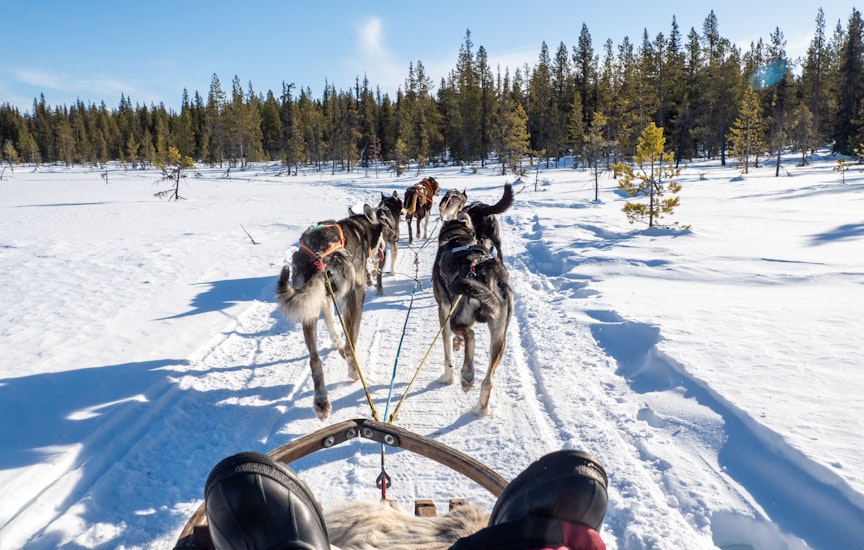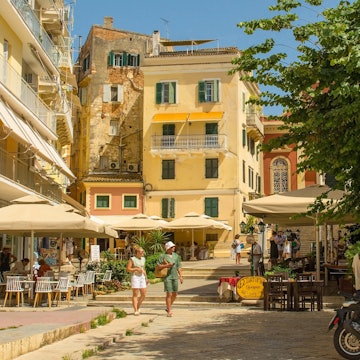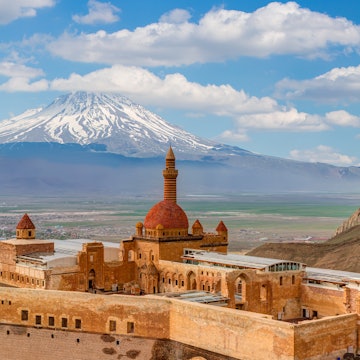

The Domkyrka (cathedral) by night, Uppsala, Sweden. Mikhail Markovskiy/Shutterstock
A huge student population makes Uppsala buzz with energy. The Swedish city has been a university town since 1471, and today more than a fifth of the city’s population is here to pursue studies (and some fun in between classes).
All that youthful energy has made Uppsala a cradle of culture and nightlife, and the city is brimming with spirited cafes. Yet this is one of Sweden’s oldest cities – people have lived here since the 3rd century CE – and remnants of the past aren’t hard to find.
You can learn more about the area’s long history at Gamla Uppsala (Old Uppsala), just north of the city. This fascinating archeological site was once a flourishing 6th-century religious center where human sacrifices took place (it also served as a burial ground). Its sheer scale points to the religious, economic and political power that Uppsala once had.
From past monuments to present pleasures, these are the top things to do in Uppsala, the “City of Eternal Youth.”

1. Take a walking tour of Uppsala’s medieval core
A 2.8km (1.7-mile) stroll through gardens and along cobblestone streets in Uppsala’s compact center will bring you close to the city’s fascinating history – and may transport you back to the Middle Ages.
From the main square, Stora Torget, head northwest on Svartbäcksgatan, passing the statue of Anders Celsius (1701–44), the world-changing astronomer and perhaps Uppsala University’s most famous professor. His only rival for that title is biologist Carl Linnaeus, whose sprawling taxonomy of the natural world is still in use today. Linnaeus also oversaw the 18th-century redesign of Linnéträdgården, Sweden’s oldest botanical garden, a few blocks from Stora Torget.
Next, cross the Fyris on the charming 1846 iron bridge Järnbron, one of the oldest suspension spans in the world. A block onward, University Park, on Sankt Olofsgatan, houses nine Uppland rune stones peppered about like granite soldiers from the Viking Age or a graveyard from Lord of the Rings. The most famous is 11th-century No 489, known as the Woman’s Stone. Across from the park looms Uppsala’s imposing Domkyrka, Scandinavia’s largest cathedral. Until 1719, the sanctuary hosted centuries of Swedish coronations, and is the final resting place of numerous kings, queens and scientists.
Map nerds and rare-book fiends will appreciate the exhibition to the left of the entrance to Carolina Rediviva Bibliotek, the university library. On display is the astonishing Carta Marina, a 1539 map that was the first to depict the Nordic countries with (more or less) geographic accuracy, and Codex Argentus (520 CE), the most complete document written in the Gothic language. From the library, it’s a short slog uphill to pink Uppsala Slott, built for Gustav Vasa in the 1550s and rebuilt in 1757 after a fire.
Planning tip: Between Järnbron and University Park, stop for a fika (Swedish-style coffee break) at Ofvandahls Hovkonditori, Uppsala’s oldest coffee shop.

2. Sip local brews with students
From local breweries to trendy brasseries, there’s something for everyone on a night out in Uppsala. Students congregate in bars and cafes along Sankt Larsgatan (a block or two southwest of the river), Sankt Olofsgatan (near the university) and Drottninggatan (near the Domkyrka).
Craft-beer fans should direct themselves to Uppsala’s beloved Bryggeriet Ångkvarn, a low-key option with prime riverside seating on Östra Ågatan. Hopheads should head to DomCraft, a space in the back of the Domkyrka that once served as the cathedral’s religious school. These days you can revere the local and European-wide brews instead, from its 20 taps.
Planning tip: Before or after your beer crawl, fuel up at Klostergatan 5, a centrally located, candlelit, creative Nordic bistro that feels like a neighborhood find. Reserve ahead.

3. Explore the burial mounds of Old Uppsala
One of Sweden’s most intriguing historic sites, Gamla Uppsala, 4km (2.5 miles) north of the city, lends itself easily to myths and legends. Some 300 burial mounds dating from the 6th to 12th centuries CE dot the landscape, looking like ski moguls for mythical ogres.
At the Gamla Uppsala Museum, small exhibitions provide much-needed historical context to what you’re about to see. Within the site itself, the three biggest mounds – Östhögen (East Mound), Mitthögen (Middle Mound) and Västhögen (West Mound) – immediately seize visitors’ attention.
Legend has it these contain the pre-Viking kings Aun, Egil and Adils, who appear in Beowulf and Icelandic historian Snorre Sturlason’s Ynglingsaga. More-recent evidence suggests the occupant of Östhögen (East Mound) was a woman, probably a female regent in her 20s or 30s. Though the writer Hans Christian Anderson once famously explored the inside of the mounds, the excavation entrances have been sealed off since the mid-1800s.
After exploring the mounds, pop over to the adjacent 12th-century Gamla Uppsala Kyrka to admire the detail of a well-formed dragon in an 11th-century rune stone, which was incorporated into the church’s exterior in the 1800s.
Planning tip: After spending a couple of hours at the site, stop for a glass of mead at Odinsborg atop the un-excavated flat-topped mound Tingshögen. The fermented honey elixir (today served in Viking horns) has been flowing here since the 1890s.
4. Visit the open-air museum at Disagården
If you want to continue the Viking vibe of Gamla Uppsala, extend your visit a little to explore a different historical period. While Gamla Uppsala requires quite a leap of imagination to picture its heyday, Disagården – a relocated 19th-century farming village turned open-air museum behind Gamla Uppsala – feels like the inhabitants have just moved out. The site consists of 26 timber buildings; they’re especially evocative when covered with snow in winter. There’s also a platform stage here that serves as the focal point for Uppsala’s midsommar celebrations
Planning tip: During the summer season, free guided tours are offered daily at 1pm, with a special guided tour for children at 2pm.
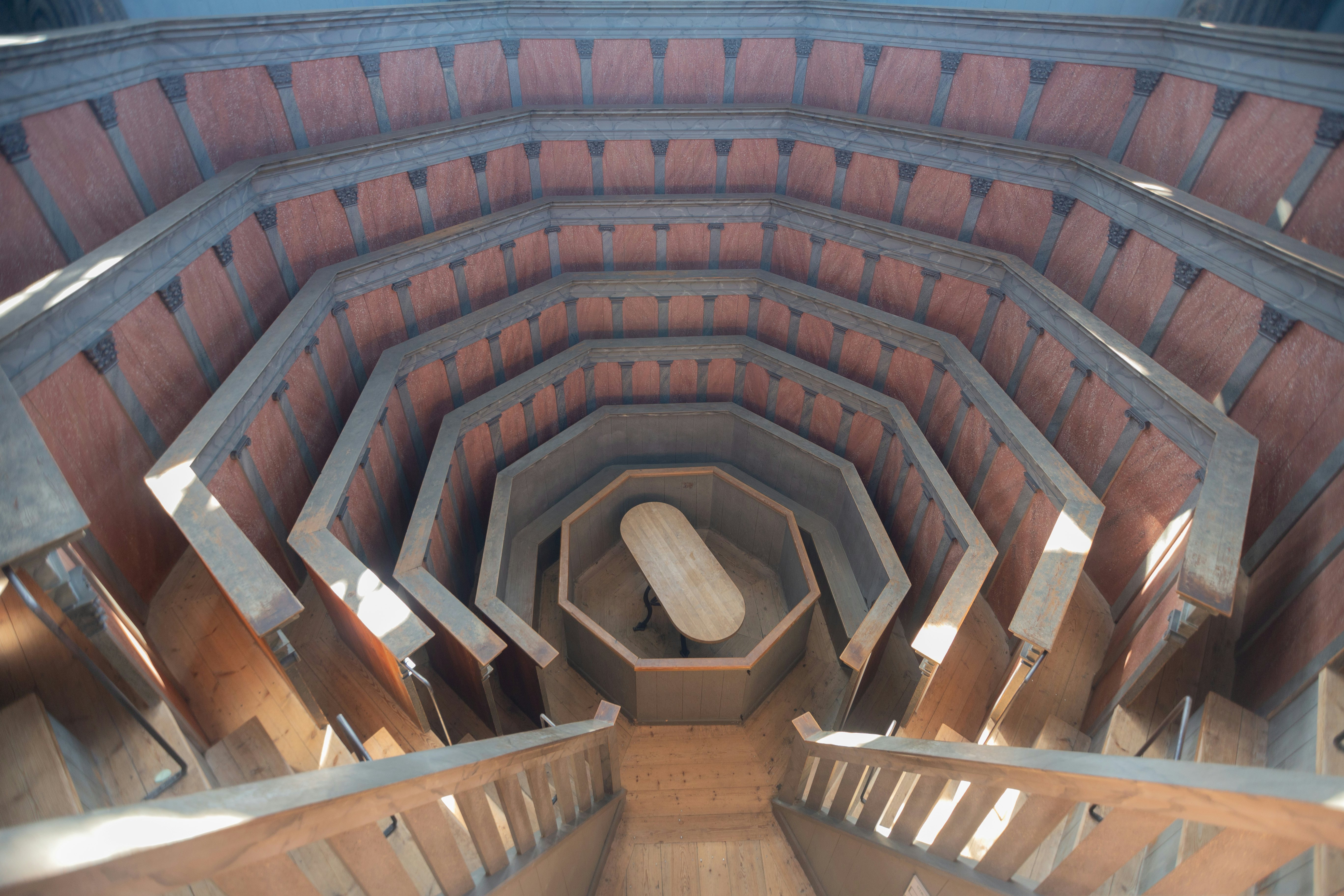
5. Consider the cabinet of curiosities at Gustavianum, the Uppsala University museum
This delightfully weird and well-organised museum is one of Uppsala’s top attractions. It inhabits Uppsala University’s oldest standing structure (built between 1622 and 1625) and houses a truly eccentric collection of preserved oddities and quirky cultural objects. Think everything from Egyptian mummies and dried sea creatures to Viking helmets and the very thermometer used by Anders Celsius himself.
But nothing matches the fascinating 17th-century Augsburg Art Cabinet, a notable work of art itself, which contains 1000 ingenious trinkets given to Swedish king Gustavus Adolphus in 1682. Such display pieces were once common; today, this is the only Augsburg-manufactured Hainhofer cabinet with its collection of objects intact remaining in the world.
And don’t miss Olof Rudbeck’s vertiginous anatomical theater, a candy-colored cupola of horrors where until 1766 executed criminals and other unfortunates were dissected in full view of 200 spectators.
Planning tip: While Uppsala’s historic quarter is best explored on foot, bicycles are as popular as you’d expect in a university town. Rent your own wheels at centrally located Ski Total Cykel.
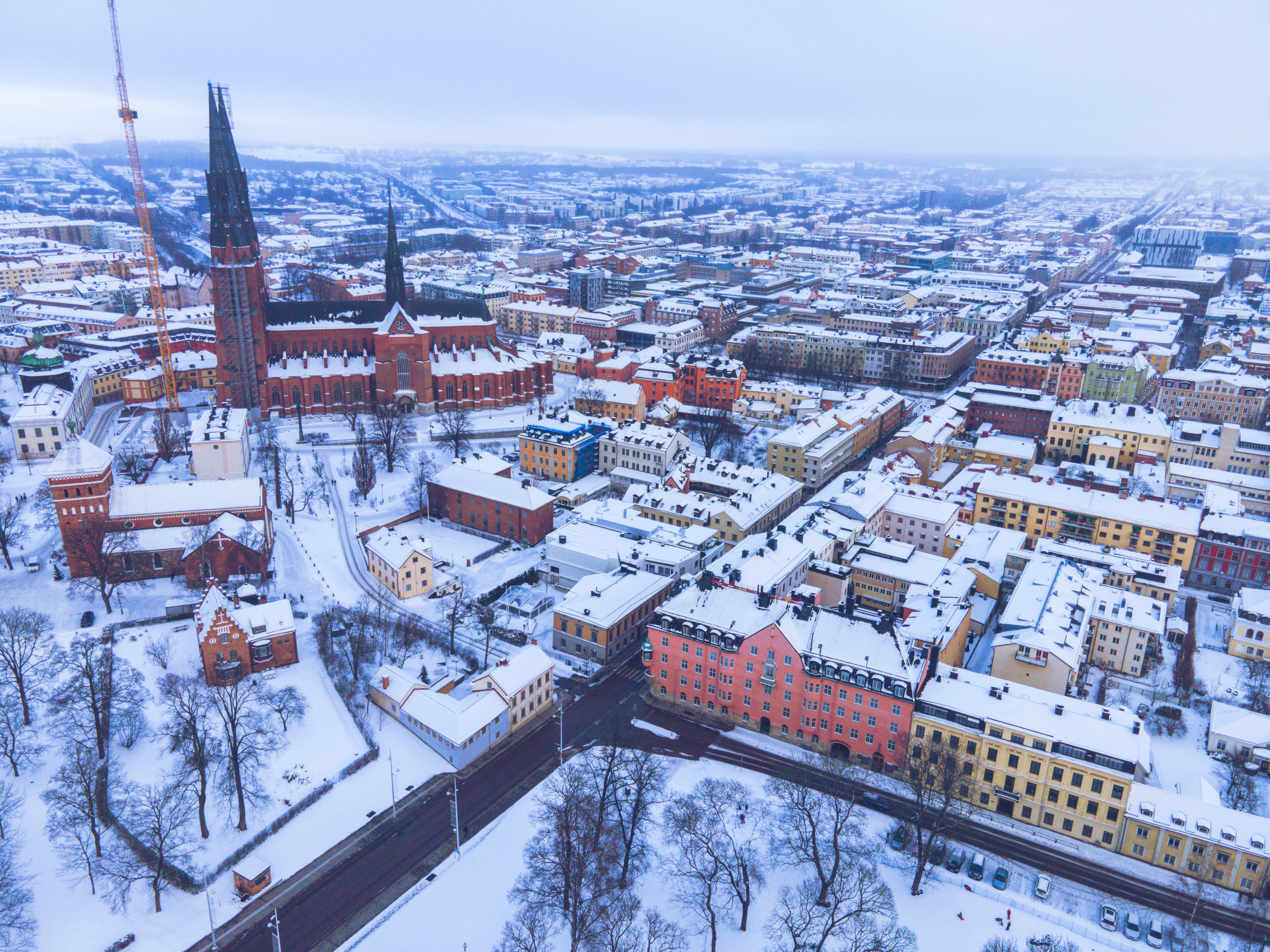
6. Enjoy the views from the roof of Uppsala’s castle
The view from Uppsala Slott, the castle that rises above the city on its highest hill, is partially blocked by the surrounding trees. Luckily, if you’re craving the full panorama, an exciting solution presents itself: just climb onto the roof.
Run by Go Adventure, this active tour is a wonderful way to see the castle itself, beginning with an ascent up the castle’s elaborate interior staircase. Alongside sturdy stone walls, you’ll receive a safety briefing while you get outfitted with a harness, helmet and other equipment. After a brief indoor test run, you’ll emerge upon the castle roof.
While this visit won’t appeal to those who suffer from vertigo, safety is a priority with this tour – and it is wholly exhilarating. Along the way, and from various vantage points, your guide will tell you stories from the castle’s past as you take in the views in the open air.
Detour: While the castle’s interior is open to group tours only, the Uppsala Konstmuseum displays modern art within the castle walls – a visually fascinating combination.
7. Visit the centuries-old silver mine at Sala
An easy 40-minute train ride from Uppsala is the mining settlement of Sala. While the town (constructed as a miner’s settlement in 1624) is aesthetically pleasing, you’ll want to head right for the remarkable mine itself, Sala Silvergruva, just outside of town.
On a guided tour of the mine, you’ll learn about how it supplied the Royal Swedish Crown with silver from the 15th century until 1908. (Tours are available to two depths, 60m/197ft and 155m/509ft; on most tours, you’ll need to descend 300 steps.) Back above ground, you can have a wander among preserved outbuildings, including a brewhouse, engineer’s residence, gunpowder house and gambling house.
Before you complain about the arduous path into the shafts, spare a thought for King Karl XI, who was lowered into the depths in a barrel during his royal visit in 1687; the barrel is preserved in the onsite museum. And since it’s quite frosty down below, bring layers.
Planning tip: Marketenteriet Vandrarhem, a building from the early early 20th century that once housed miners, today operates as a bed-and-breakfast, letting visitors stay steps from the 257m (843ft)-deep Drottning Kristinas mine shaft.

8. Learn about the early Industrial Revolution at Engelsbergs Bruk
Engelsbergs Bruk, a UNESCO-listed relic in the tiny village of Ängelsberg, was one of the most important early-industrial ironworks in Europe. During the 17th and 18th centuries, its rare timber-clad blast furnace and forge were state-of-the-art technology, and the high-quality iron produced here helped make Sweden a global leader in industry. It remains one of the world’s most important industrial monuments.
You’ll find the mill complex – with its technical equipment still, amazingly, in working order – in the middle of a forest, a 90-minute drive west of Uppsala. Year round, you can wander the perfectly preserved estate; in summer, you can take a guided tour of the forge, which retains its ability to impress.
Planning tip: Grab lunch at nearby Nya Servering, with its views across Åmänningen lake to Barrön island – which, of additional early-industrial note, is home of the world’s oldest surviving oil refinery (1875–1927).
This article was adapted from Lonely Planet’s Scandinavia guidebook, published in July 2025.





